Throughout human history, we’ve looked to the natural world for guidance, wisdom, and spiritual connection. From ancient civilizations to modern spiritual practices, animals have served as powerful symbols representing the fundamental elements that shape our world. These elemental archetypes help us understand not only the creatures themselves but also their deep ecological roles and the qualities they embody.
When we explore animal symbolism through the lens of earth, wind, fire, and water, we discover fascinating patterns that transcend cultural boundaries. These connections aren’t merely poetic metaphors – they reflect genuine ecological relationships and behavioral traits that have captured human imagination for millennia.
The Sacred Bear: Guardian of Earth’s Foundation
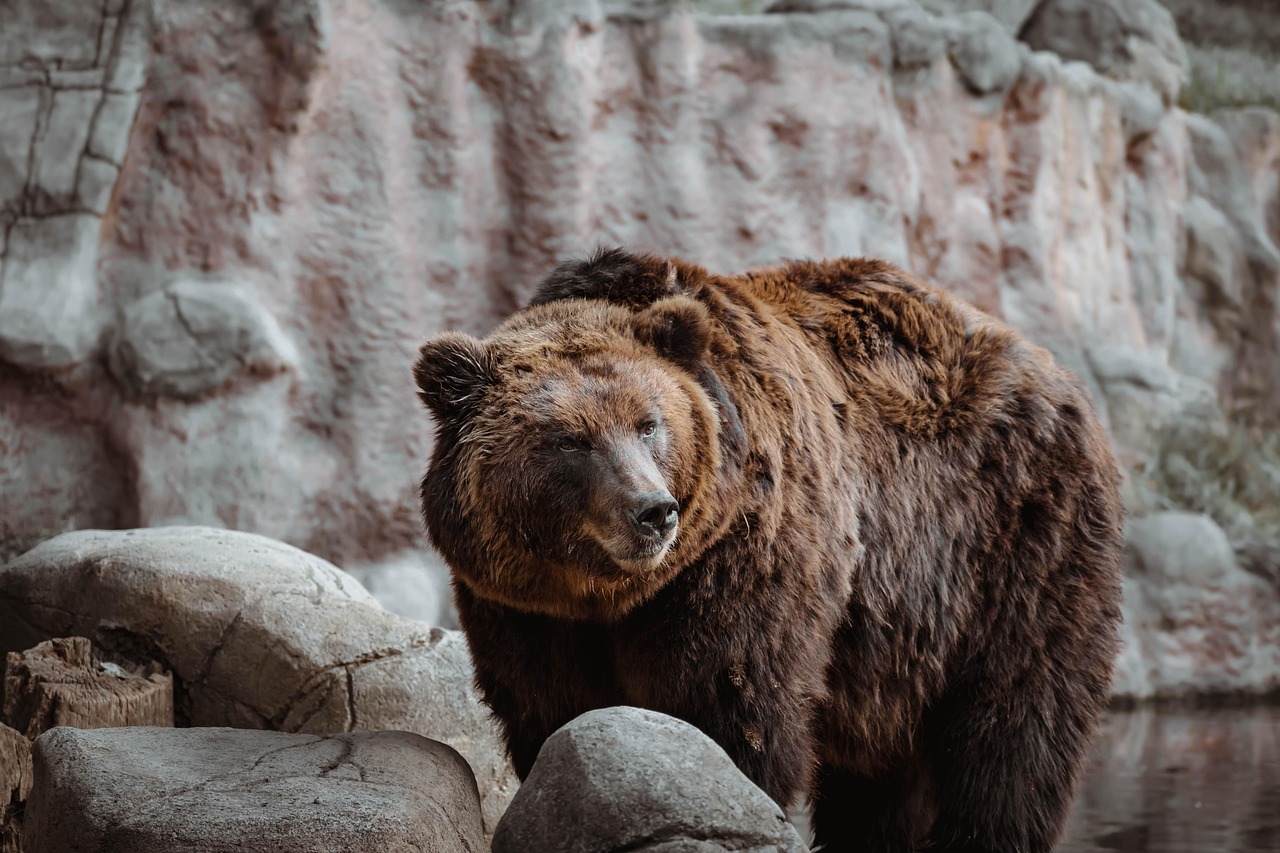
Bears stand as the quintessential earth element representatives, embodying strength, stability, and grounding. Brown bears are among the oldest recorded totemic beings, with ancient legends telling of people sharing caves with these powerful shamanic creatures that connect humans with Mother Earth. Their massive presence and hibernation cycles mirror the earth’s own rhythms of dormancy and renewal.
Early peoples often sought permission from elders and the bears themselves before hunting, recognizing their sacred connection to the land. This respect stems from bears’ role as ecosystem engineers – their foraging creates pathways, their fishing redistributes nutrients from rivers to forests, and their very presence indicates healthy wilderness. The bear teaches us about grounding ourselves, finding inner strength, and honoring the cycles of rest that restore our energy.
Tunnel Dwellers: The Underground Kingdom
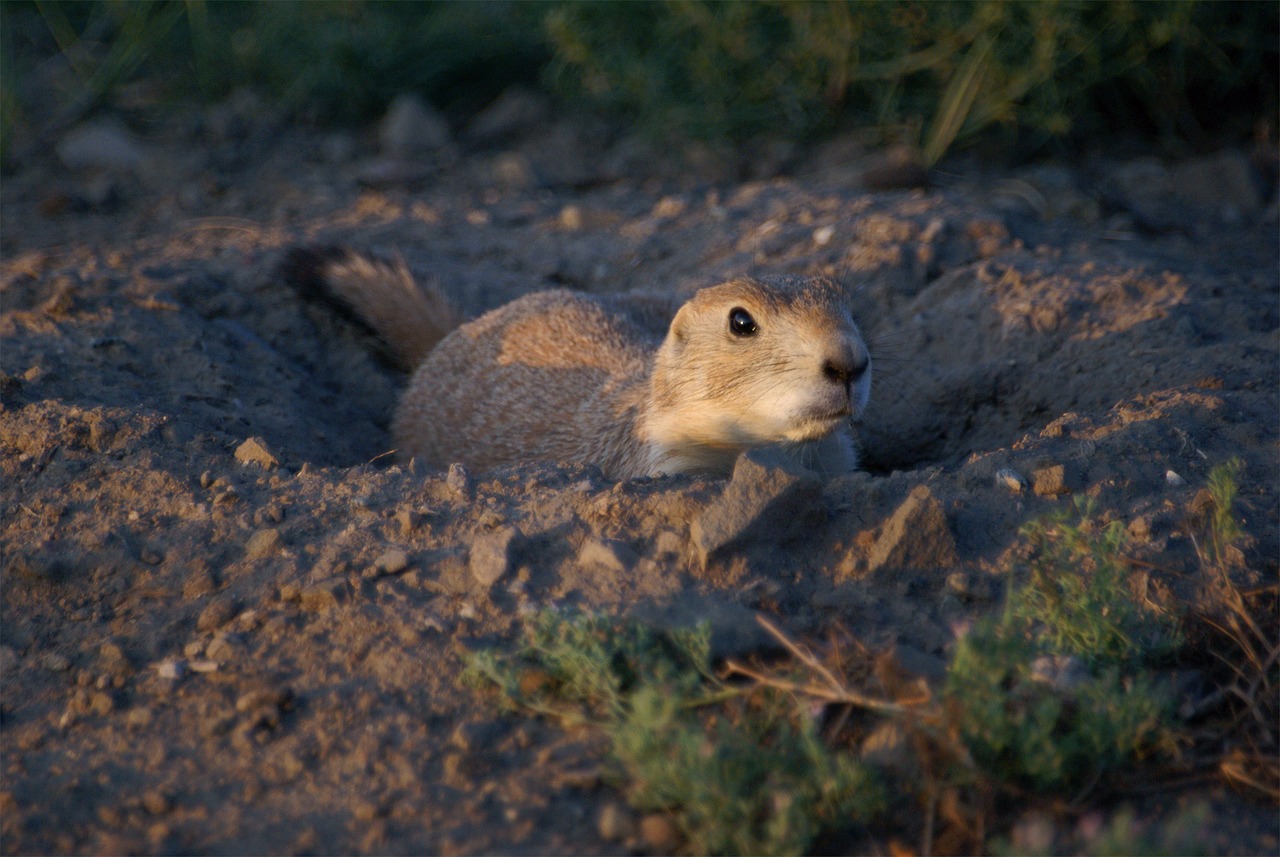
Earth element animals include wolves, bears, gophers, worms, stags, bison, ants, and all creatures that burrow under soil. These underground architects shape the very foundation of terrestrial ecosystems. Moles aerate soil with their endless tunnels, while earthworms transform organic matter into rich humus that feeds forests and grasslands.
Burrowing animals represent the earth’s receptive, nurturing qualities. They show us the importance of creating safe spaces, building from solid foundations, and understanding that some of life’s most important work happens out of sight. Their patient, methodical approach to life reflects earth’s steady, reliable energy that supports all other elements.
Mighty Stag: Rooted Strength Reaching Skyward
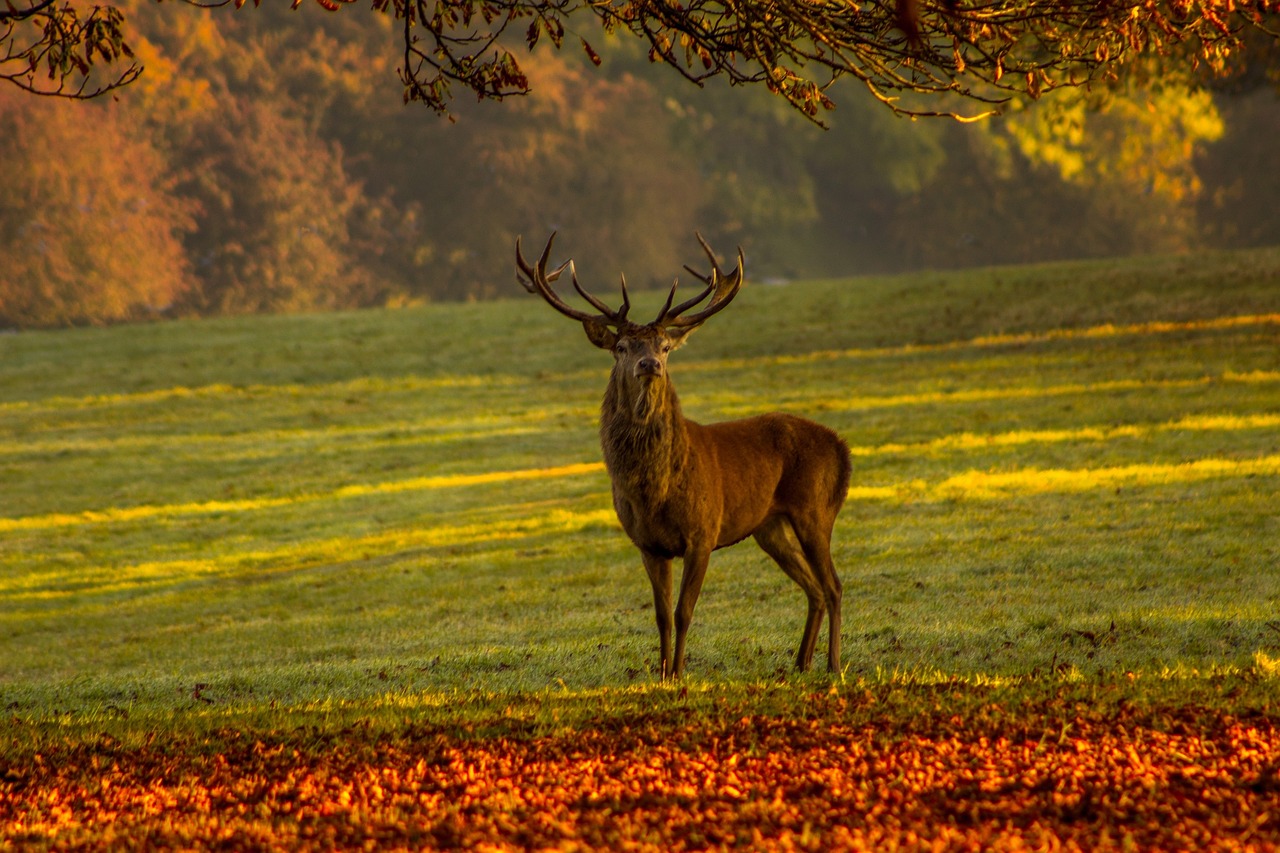
The stag serves as another earth element representative, symbolizing the connection between grounded strength and upward growth. Like ancient trees, stags display their power through branching antlers that reach toward the sky while remaining firmly planted. Their seasonal shedding and regrowth of antlers mirrors the earth’s cycles of death and regeneration.
Stags embody masculine earth energy – protective, territorial, and deeply connected to seasonal rhythms. Their role in forest ecosystems as browsers helps maintain plant diversity, while their presence indicates healthy habitat. The stag teaches us about standing our ground while still growing, and finding strength through our connection to place.
The Phoenix: Fire’s Eternal Cycle
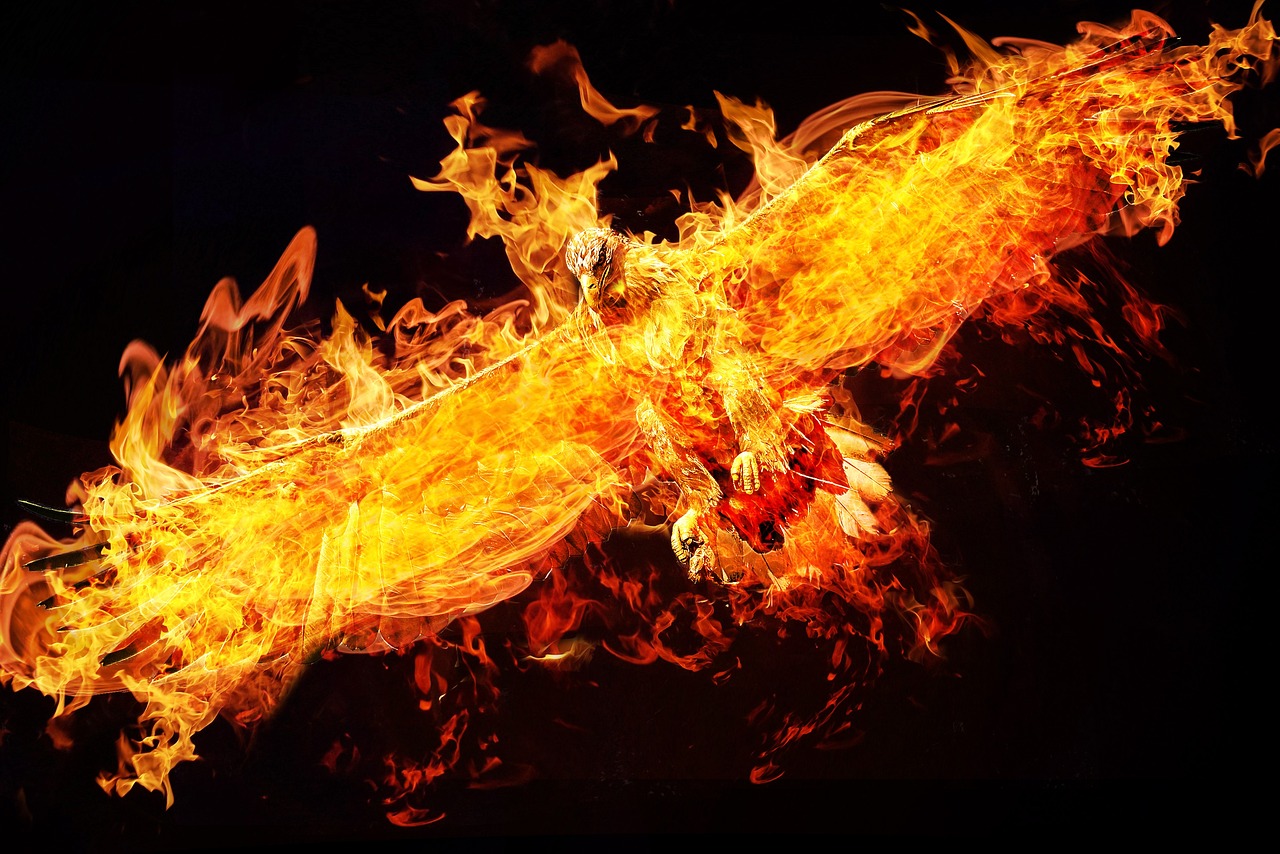
The Phoenix is a legendary bird that cyclically regenerates through fire, building a nest, igniting itself, and rising renewed from ashes, symbolizing rebirth, immortality, and fire’s transformative power across cultures worldwide. This mythical creature represents fire’s most profound gift – the ability to destroy the old to make way for the new.
The phoenix appears across cultures, from ancient Egypt’s Bennu to China’s Fenghuang and Greece’s Phoenix, representing the cyclical nature of existence where endings become beginnings. Ecologically, the phoenix symbolizes fire’s role in forest renewal, where wildfires clear undergrowth and release seeds that require heat to germinate.
The Regal Lion: Solar Fire Incarnate
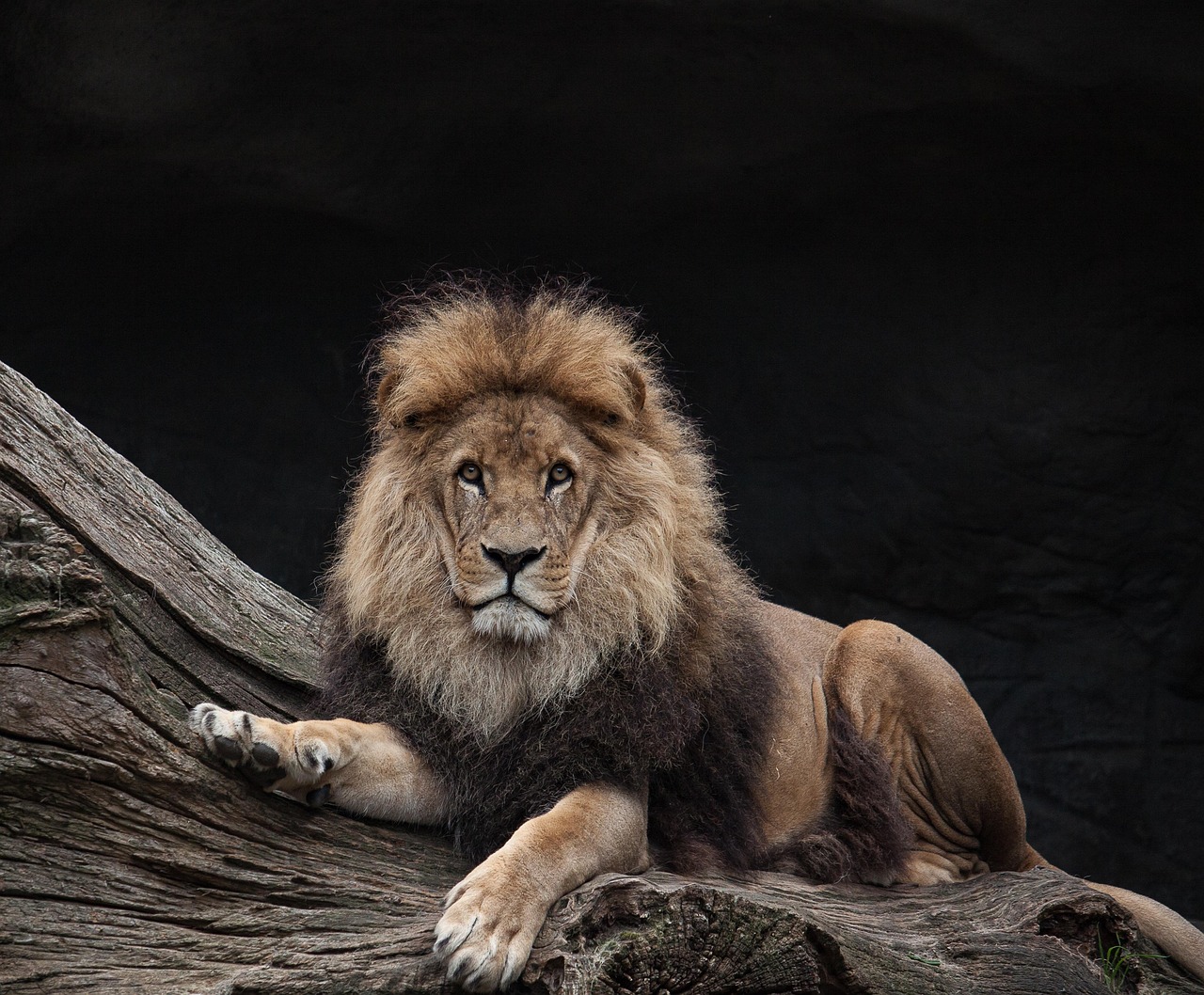
The lion embodies tenacious yet compassionate qualities associated with fire and the sun, symbolizing courage, wisdom, protection, loyalty, and justice. In many cultures, lions represent power, while their golden manes evoke the sun’s radiant energy and fire’s transformative force.
Lions embody passion, energy, and transformation, encouraging individuals to embrace change and take action. In African savannas, lions shape entire ecosystems through their predatory behavior, maintaining herbivore population balance and creating opportunities for scavengers. Their pride structure demonstrates fire’s social aspects – leadership, protection, and the fierce bonds that hold communities together.
The Salamander: Living in Flames

The mythological salamander was believed to live within fire without harm, with medieval alchemists considering it an elemental fire spirit, originating from real salamanders emerging from burning logs where they hibernated. This amphibian bridges the gap between myth and ecological reality.
Many cultures believe salamanders can live in flames without harm, making them strong symbols of endurance and transformation. While real salamanders cannot survive fire, their cool, moist skin and ability to regenerate lost limbs embody transformation and renewal – fire’s essential qualities expressed through different mechanisms.
Dragons of the Sky: Fire Meets Wind
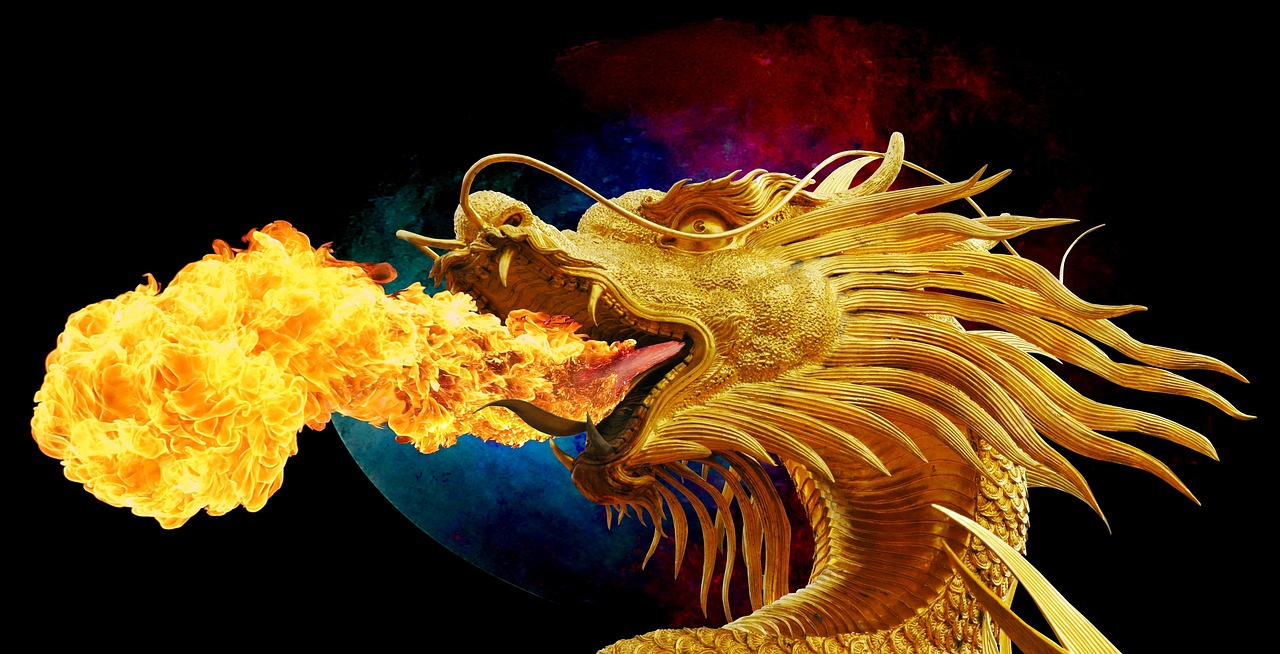
Dragons are mythological creatures with scales, wings, and tails that breathe fire in numerous movies and myths. Chinese dragons control fire, rain, and water bodies, unlike Western dragons, these benevolent serpentine creatures bring good fortune and command respect as imperial symbols and bringers of vital rain for agriculture.
Dragons represent fire’s connection to weather systems and seasonal changes. In ecological terms, they symbolize the relationship between fire and wind – how air currents spread wildfires, how thermal updrafts create weather patterns, and how fire creates its own wind systems. Dragons teach us about the dynamic interaction between elements and the power that emerges from their combination.
The Eagle: Master of Wind Currents

The eagle is a powerful symbol of air and freedom, known for soaring high in the sky, often above clouds, representing boundless freedom and exploration. Eagles have sharp eyesight and the ability to see things from great distances, giving them clarity to navigate their world with ease while embodying strength and vision that encourages people to rise above challenges.
Eagles master the air element through their incredible flying abilities, using thermals and wind patterns to soar for hours without flapping. Their role as apex predators maintains ecosystem balance, while their exceptional vision represents air’s qualities of clarity, perspective, and mental acuity. Eagles teach us about rising above our circumstances and gaining the broad perspective needed for wise decisions.
Butterfly: Transformation Through Air
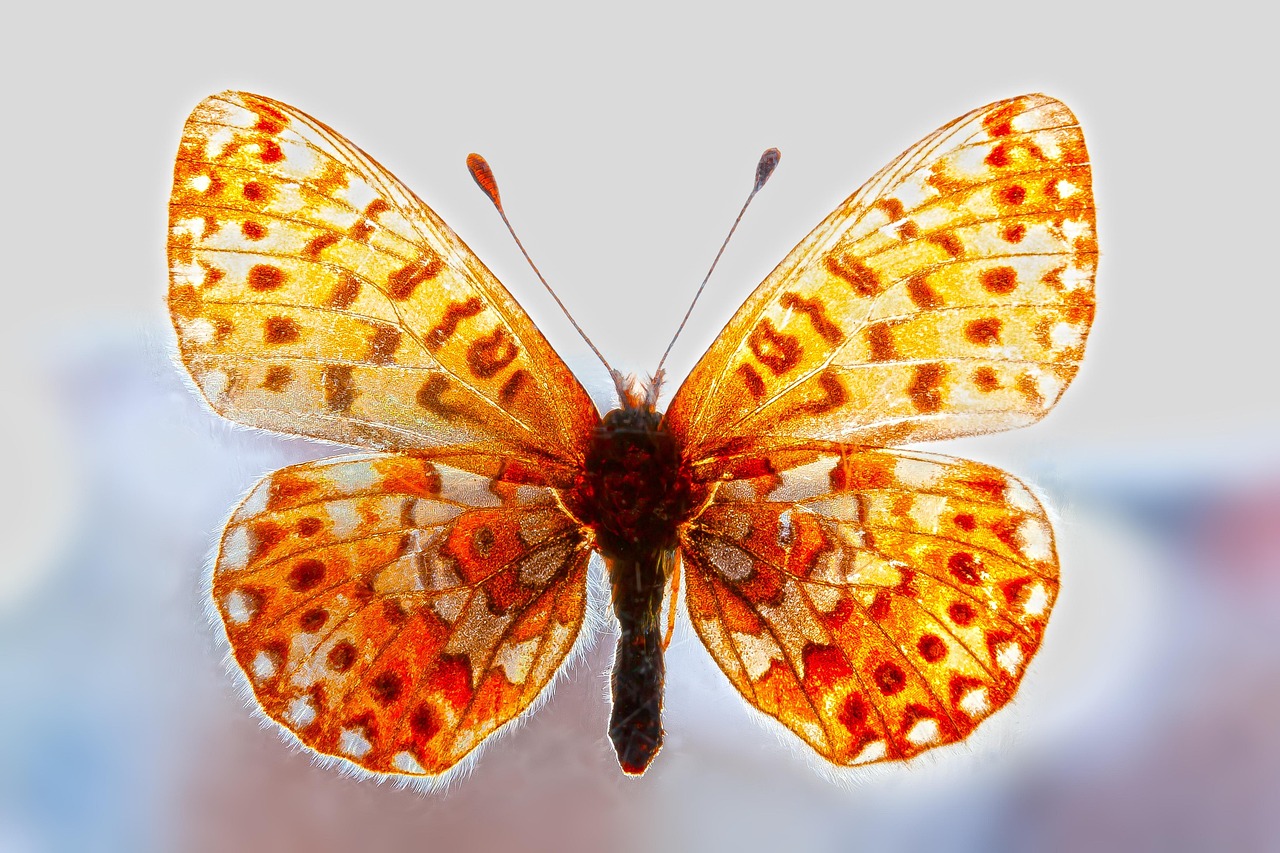
Air element animals include bats, most birds, butterflies, dragonflies, and ladybugs. Among these, butterflies most perfectly embody air’s transformative qualities. Their metamorphosis from earthbound caterpillars to aerial dancers represents the ultimate expression of change and evolution.
Butterflies connect to air through their delicate flight patterns and their role as pollinators. Their migration patterns, sometimes spanning thousands of miles, demonstrate air’s quality of movement and change. The butterfly teaches us about embracing transformation, trusting the process of change, and finding beauty in life’s transitions.
The Wise Owl: Night Flight and Ancient Wisdom
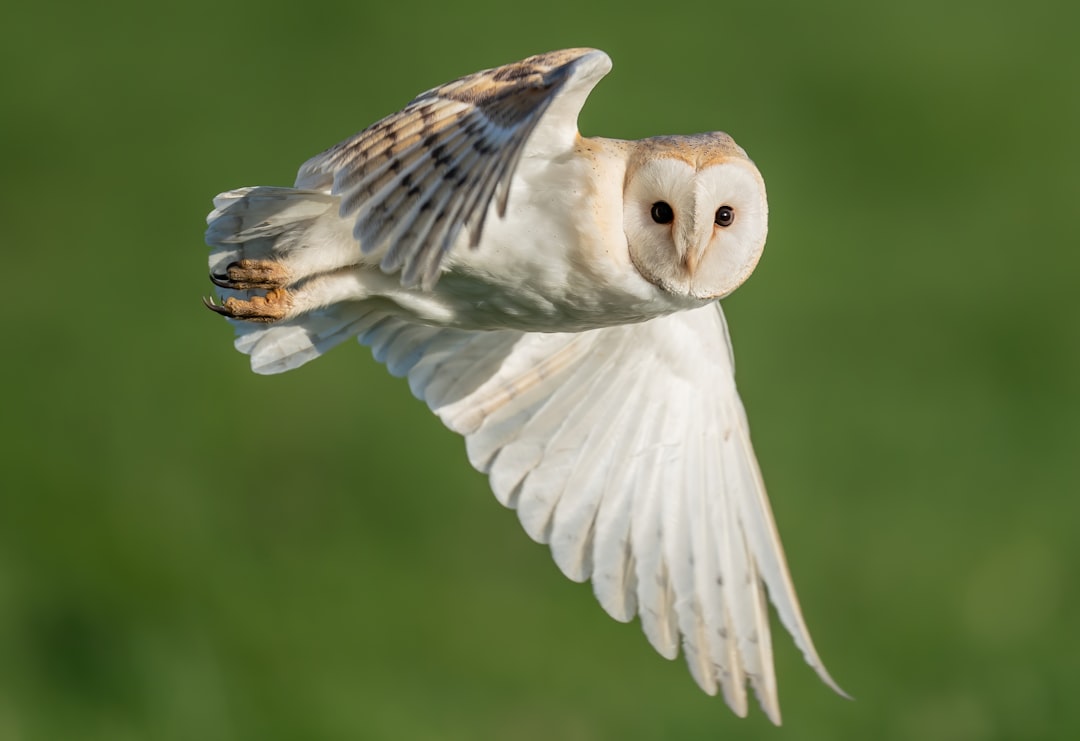
Air features animals such as eagles and owls, which represent knowledge, freedom, and intuition. Owls embody air’s connection to wisdom, mystery, and the unseen realms. Their silent flight demonstrates mastery over air currents, while their nocturnal nature connects them to air’s association with the mind and dreams.
Owls serve crucial ecological roles as pest controllers, with a single owl family consuming thousands of rodents yearly. Their exceptional hearing and night vision represent air’s qualities of awareness and perception. The owl teaches us about developing our intuition, seeing through illusions, and accessing ancient wisdom.
Dolphins: Intelligence of the Depths

Water includes animals such as dolphins and swans, with these beings symbolizing emotions, healing, and intuition. Dolphins represent water’s intellectual and social aspects, demonstrating complex communication, problem-solving abilities, and emotional intelligence that rivals our own.
Dolphins shape marine ecosystems through their sophisticated hunting strategies and social behaviors. Their echolocation abilities represent water’s quality of adaptation and flow around obstacles. Their playful nature embodies water’s joy and emotional expression. Dolphins teach us about the intelligence of emotions and the importance of community in navigating life’s depths.
The Graceful Swan: Beauty in Flowing Motion
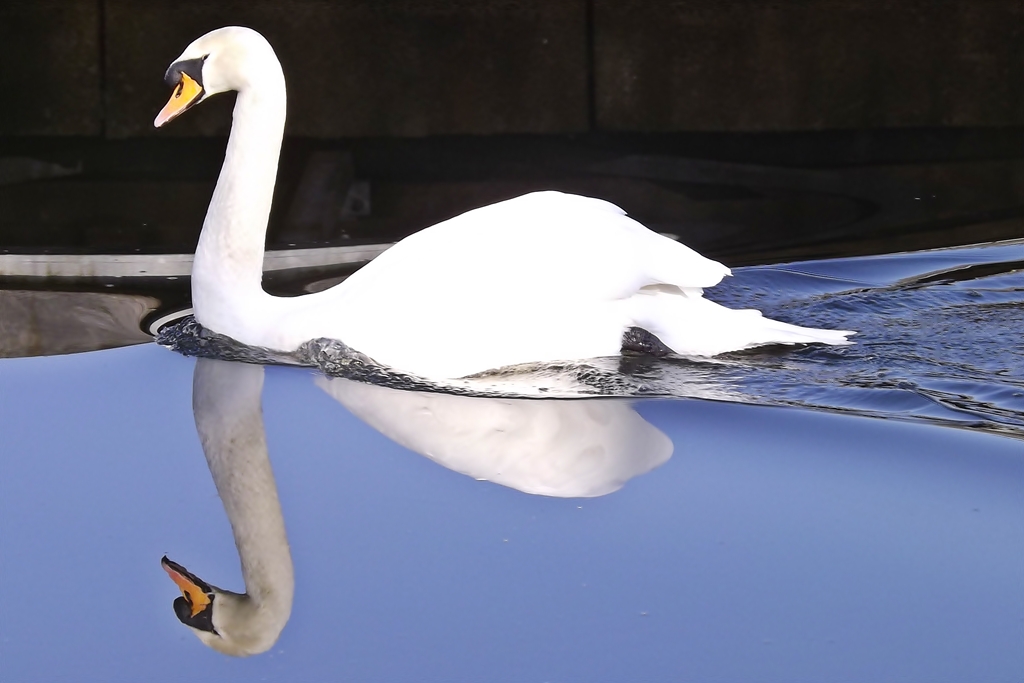
Swans embody water’s grace, beauty, and transformative power. Their ability to move seamlessly between water, land, and air represents water’s adaptability and its connection to other elements. The swan’s elegant neck mirrors water’s flowing qualities, while their lifelong partnerships represent water’s emotional depth and commitment.
In wetland ecosystems, swans serve as both grazers and seed dispersers, maintaining habitat balance through their feeding patterns. Their seasonal migrations connect distant water bodies, representing water’s role in global cycles. The swan teaches us about finding grace under pressure and maintaining beauty despite life’s challenges.
The Salmon: Returning to Source

Salmon represent water’s cyclical nature and its connection to memory and ancestral wisdom. Their incredible journey from ocean to birthplace demonstrates water’s ability to remember and return to source. This epic migration embodies water’s persistence and its role in connecting distant ecosystems.
Salmon transfer marine nutrients to freshwater and terrestrial environments, feeding everything from bears to forests. Their life cycle represents water’s themes of sacrifice, renewal, and the interconnectedness of all life. The salmon teaches us about honoring our origins while embracing the courage to venture into unknown waters.
Throughout these elemental archetypes, we see profound ecological wisdom reflected in ancient symbols. These animals don’t simply represent abstract qualities – they embody the very forces that create and sustain life on Earth. By understanding their roles in nature’s grand design, we deepen our connection to both the symbolic and ecological dimensions of our world.
Each creature offers unique insights into living in harmony with elemental forces. Whether we need the bear’s grounding strength, the phoenix’s transformative fire, the eagle’s elevated perspective, or the dolphin’s emotional intelligence, these animal teachers provide guidance for navigating our own elemental challenges. What elemental wisdom calls to you in your current life journey?

Hi, I’m Andrew, and I come from India. Experienced content specialist with a passion for writing. My forte includes health and wellness, Travel, Animals, and Nature. A nature nomad, I am obsessed with mountains and love high-altitude trekking. I have been on several Himalayan treks in India including the Everest Base Camp in Nepal, a profound experience.



